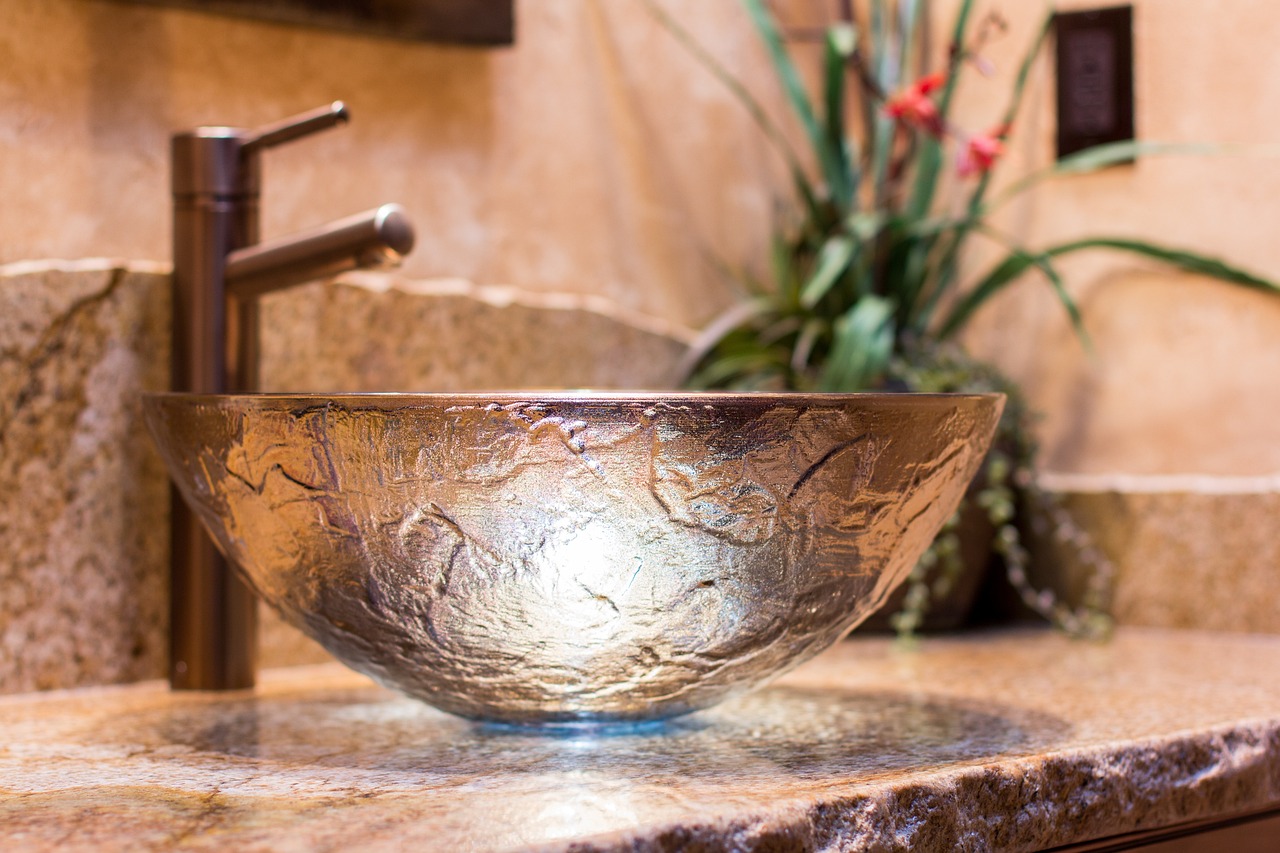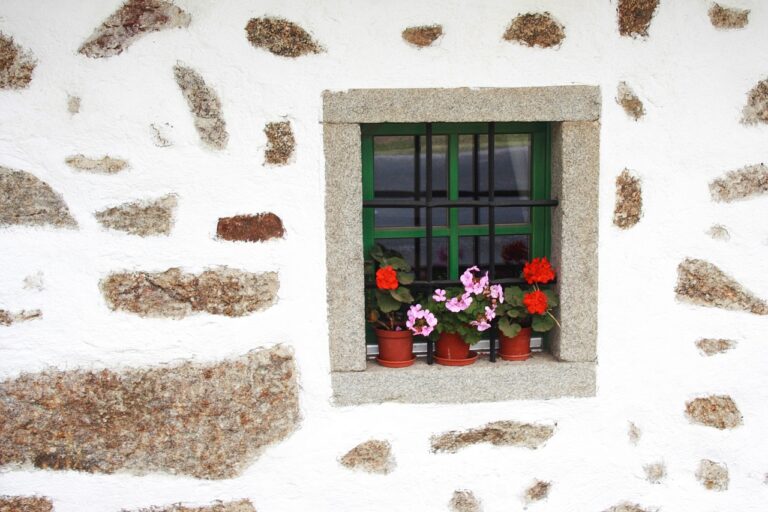Designing Pollen-Resistant Outdoor Spaces
When selecting plants for your garden that are resistant to pollen, it is important to consider the bloom time of the plant. Opting for plants that bloom in the morning can help reduce the pollen count in the air during the day when allergy sufferers are most active outdoors. Additionally, choosing plants with brightly colored flowers like red, orange, or pink can be a more pollen-resistant option as these plants are often pollinated by insects rather than wind.
Another key consideration when choosing pollen-resistant plants is to select species with low allergy potentials. Plants that are labeled as “female” varieties often produce less pollen compared to their “male” counterparts. It is also advisable to opt for plants with double or multi-petaled flowers, as these types often have reduced pollen production. By keeping these considerations in mind, you can create a garden that is not only visually appealing but also friendly to individuals with pollen allergies.
Selecting Low-Pollen Trees and Shrubs
Low-pollen trees and shrubs can be a great addition to your garden if you suffer from seasonal allergies. When selecting these plants, it’s important to consider their blooming season and the type of pollen they produce. Opt for species that have low pollen counts or produce heavy, sticky pollen that is less likely to be carried by the wind.
Additionally, choose trees and shrubs that are insect-pollinated rather than wind-pollinated. Insect-pollinated plants are less likely to release large amounts of pollen into the air, reducing the risk of triggering allergies. Some examples of low-pollen trees and shrubs include flowering dogwood, magnolia, and hydrangea. By carefully selecting these plants, you can enjoy a beautiful garden without the worry of excessive pollen.
Flowering dogwood
Magnolia
Hydrangea
When selecting low-pollen trees and shrubs, it’s also important to consider the size of the plant. Larger plants tend to produce more pollen than smaller ones, so opting for smaller varieties can help reduce allergens in your garden. Additionally, choose plants that are native to your region as they are more likely to thrive and require less maintenance.
Incorporating a variety of low-pollen trees and shrubs in your garden can not only help alleviate allergy symptoms but also attract beneficial insects such as bees and butterflies. These plants can provide food and shelter for pollinators, contributing to a healthy ecosystem in your backyard.
Lastly, consider planting male cultivars of dioecious tree species as they do not produce pollen. Female cultivars may produce seeds or fruits instead of pollen, making them a better option for individuals with allergies. Researching different tree and shrub options before planting can help you create a beautiful garden that is both low-maintenance and allergy-friendly.
Choosing Allergy-Friendly Flowers for Your Garden
When selecting flowers for your garden, it is important to consider options that are allergy-friendly. Opt for plants with low pollen levels to minimize the risk of triggering allergies. Some good choices include begonias, impatiens, and petunias. These flowers are colorful additions to your garden that are less likely to cause allergic reactions.
Another factor to keep in mind is the fragrance of the flowers. Strongly scented blooms can exacerbate allergies for some individuals. Consider planting flowers like pansies, violas, or snapdragons, which have more subtle fragrances. By being mindful of pollen levels and fragrance when choosing flowers for your garden, you can create a beautiful and allergy-friendly outdoor space for everyone to enjoy.
What are some key considerations for selecting pollen-resistant plants for my garden?
When choosing pollen-resistant plants, look for varieties that produce little to no pollen, have tightly closed flowers, and are pollinated by insects rather than wind.
Can you recommend some low-pollen trees and shrubs that are allergy-friendly?
Some low-pollen trees and shrubs to consider for your garden include dogwood, magnolia, cherry blossom, hydrangea, and azalea.
How can I choose allergy-friendly flowers for my garden?
Opt for flowers that have low pollen counts, are brightly colored to attract pollinators, and have large, showy blooms that are less likely to release pollen into the air. Some examples include roses, pansies, and begonias.







